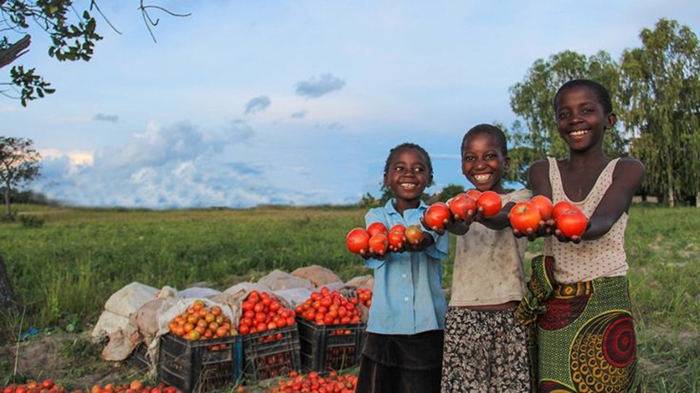Agriculture employs three quarters of the population (2007), and accounts for about 30% of GDP (2015)[2]. Most of the country’s territory is unsuitable for agriculture.
The main consumer crops are corn (2.2 million tons), potatoes (1 million tons), and bananas (510 thousand tons). Crops such as tea (215 thousand tons, 4th place in the world), coffee, wheat, and cotton are exported. Income from tea and coffee exports is unstable due to frequent droughts, crop failures, and falling prices on the world market. Other crops grown in the country include rice, tomatoes (260 thousand tons), pineapples, etc.
Wheat is Kenya’s second most important grain crop, with market production estimated at £6.8 million in 1968. Due to a significant increase in the area under wheat (from 100 thousand hectares in 1960 to 167 thousand in 1968), Kenya began to fully satisfy its domestic needs and began to export wheat to other countries in East Africa. According to estimates by Kenyan planning organizations carried out in the mid-20th century, another 500 thousand hectares could be allocated for this crop in the country (in the counties of Laikipia, Kajiado, Narok), and production could be increased to 900 thousand tons [3]. Kenya is a net importer of wheat and grows less than 500 thousand tons of wheat (2017), which is two times less than annual consumption. Due to high costs, in particular for plant protection products against weeds and rust, and low prices, farmers are reducing the area under wheat in favor of maize [4].

